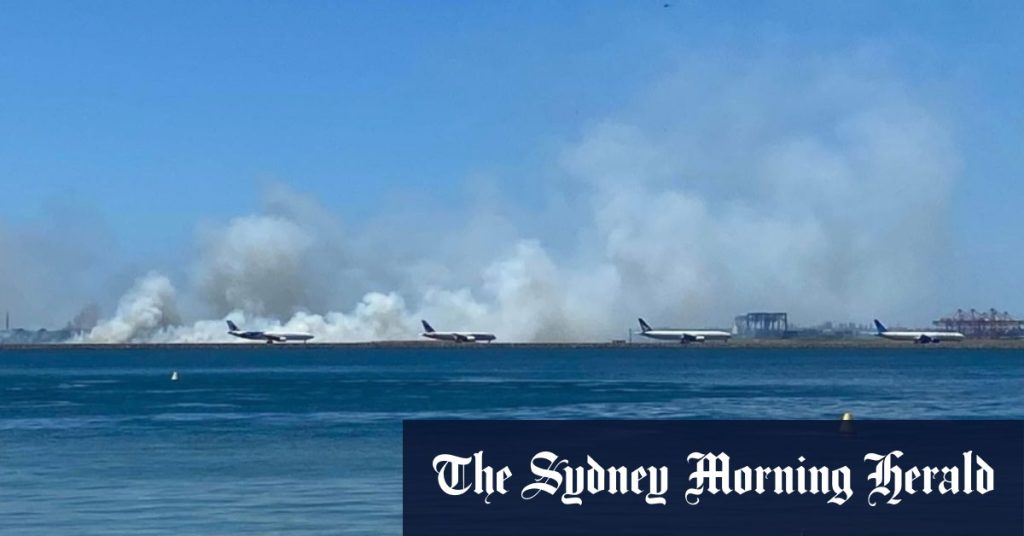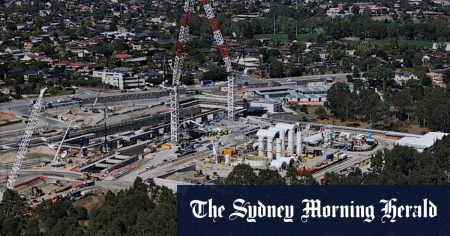A Qantas flight experienced a suspected engine failure shortly after take-off from Sydney Airport, prompting the pilots to circle before safely landing back at the airport. The incident caused a grass fire at the airport and led to flight delays and cancellations. Passengers were reassured by Qantas chief pilot Captain Richard Tobiano that the pilots are trained to handle such situations, and that the appropriate procedures were followed during the emergency landing.
The Sydney Airport spokesperson confirmed that the plane landed safely just after 1pm and that the fire caused delays averaging 45 minutes for flights, as well as several diversions. The priority for Sydney Airport was to conduct a full inspection of the parallel runway affected by the fire and to return it to service as soon as possible. While the main runway remained operational, passengers were advised to expect delays and to check with their airline for flight status through the airport’s online information boards.
Fire and Rescue NSW crews assisted the Aviation Rescue Firefighting Service in dealing with the grass fire at the airport. The incident highlighted the importance of emergency response capabilities and coordination in ensuring the safety of passengers and crew during such situations. The cooperation between different agencies and trained personnel played a crucial role in managing the incident and minimizing disruptions to airport operations.
Passengers traveling on the affected day were urged to stay updated on their flight status and to make necessary arrangements with their airlines accordingly. The incident served as a reminder of the potential risks and challenges in air travel, as well as the importance of preparedness and response protocols in handling emergencies. While the situation was distressing for passengers and caused inconvenience, the swift and professional actions of the pilots and response teams helped ensure a safe outcome for everyone involved.
Overall, the incident at Sydney Airport underscored the need for vigilance and readiness in dealing with unexpected events in the aviation industry. The cooperation and coordination between airlines, airport authorities, emergency services, and other stakeholders were crucial in managing the situation effectively and minimizing disruptions. Passengers were reminded to remain patient and informed during such incidents, while authorities worked to ensure the safety and security of all individuals at the airport. The incident served as a learning opportunity for all parties involved to review and enhance their emergency response procedures for future incidents.













